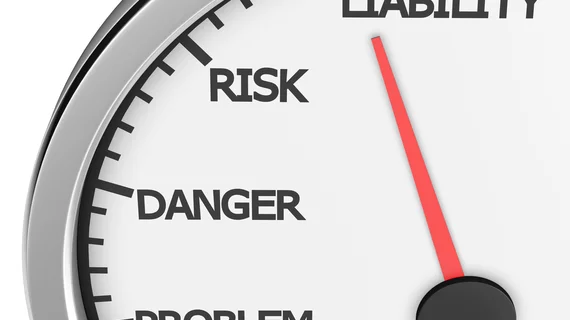Radiology experts develop tool for predicting whether patients will require advanced imaging
Experts with the Neiman Health Policy Institute have created a tool for helping providers predict whether a patient will require advanced imaging in the future.
Casey E. Pelzl and colleagues created the Neiman Imaging Comorbidity Index using claims from over 10.5 million individuals covered by a large commercial payer. Of those, about 20% underwent exams such as CT, MRI or PET during a two-year period. The index incorporates nine different comorbidities—such as arthritis and chronic obstructive pulmonary disease—occurring commonly in the time leading up to advanced imaging, experts detailed in JACR [1].
This contrasts with another frequently used risk-adjustment tool, the Charlson comorbidity index, which incorporates 17 different diseases in its model. Comparing the two indexes against one another, the Neiman Imaging option proved more powerful at predicting imaging use, and the gap widened when controlling for age and sex.
“In designing the [Neiman Imaging Comorbidity Index], we balanced the marginal improvement in the ability to predict advanced imaging use from each comorbidity included in the NICI. Because we were able to limit the number of comorbidities…we were left with an index that is far easier to use than the existing indexes such as [the Charlson comorbidity index],” Pelzl, lead author of the study and senior economics and health services analyst at the institute, said in an announcement. “This is not a criticism of the [Charlson version], but rather, a benefit of the imaging-specific [Neiman index], a simple and effective tool for researchers,” she added later.
Other incorporated comorbidities include cancer, peripheral vascular and cerebrovascular disease, neurological disorders, liver problems, and Alzheimer’s or other dementia. The study used Optum’s database, retrospectively analyzing claims from patients enrolled continuously for all of 2018 and 2019. Lasso (least absolute shrinkage and selection operator) regression was deployed to predict an individual’s chance of receiving advanced imaging in the second year based on the first-year data. Neiman achieved good discrimination of receipt of advanced imaging (with a C statistic of 0.709) and predicted use better than Charlson (C 0.692). This difference persisted across all age groups assessed, the authors noted.
“The NICI is most predictive of imaging use for older individuals who, on average, have more comorbidities recorded in the claims data that were used,” Pelzl said.
Read much more at the link below, including potential study limitations.

